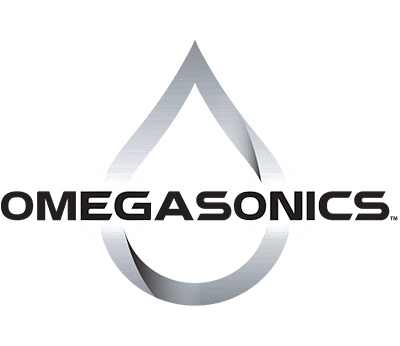If you are in manufacturing or disaster restoration, then you may be spending a lot of money on chemicals for cleaning. What about the hidden costs of those chemicals? How much does it cost to properly handle and dispose of all of those harsh cleaning chemicals? What about the permits required? If you are looking to recycle instead of dispose, the process can be long and involved as well.
So How Is Your Waste Regulated?
Once you are done with your cleaning chemicals, you need to determine what kind of waste it is and how it needs to be handled. Long gone are the days of just dumping cleaning chemicals down the sink and hoping for the best.
The EPA has special classifications for different cleaning chemicals and that defines how they must be handled. If you are choosing to recycle your chemicals instead of disposing of them, you still must be aware of what the waste is and how it is regulated before the recycling process can begin.
Choosing a Recycler
Now that your waste has been identified, you can move on to choosing someone to help you recycle it. This can be a time-consuming process as you need to find a recycler who is not only handling your cleaning products but also is reputable.
While you, as the provider, can audit your recycler, it may be some time before you realize that your recycled products are not being dealt with properly. Your attempt at reducing waste might need to start somewhere else.
Reduce the Chemicals
Instead of finding better and greener ways of dealing with the cleaners that you use, what about reducing the amount of chemicals that you use? Alternative chemicals might be a good way to do it, but what about alternative processes that involve little or no chemicals at all?
Ultrasonic Cleaning Is the Green Alternative
Ultrasonic cleaners are a safer, more environmentally friendly way to handle all of your cleaning needs. Instead of using harsh chemicals to get your parts cleaned, you can use an ultrasonic cleaning system instead.
How does it work? Instead of using the cleaner to break down the bonds of the dirt, ultrasonic cleaners use a process called cavitation. You place the parts inside a cleaning bath and sound waves are generated by the cleaner. Microscopic bubbles form and then collide with the surface of the part releasing energy. That energy breaks free and breaks down any of the dirt, grime, oil or other contaminates that are on the surface of your parts.
Not only can the surface be cleaned, but small inlets, holes and even the insides of these parts come clean. Anywhere the solution can go, cavitation can happen.
Choose Omegasonics Ultrasonic Cleaners as a Green Alternative
Check out what types of ultrasonic cleaners would best fit your business. Ultrasonic cleaning is the true green alternative to chemical cleaners.
